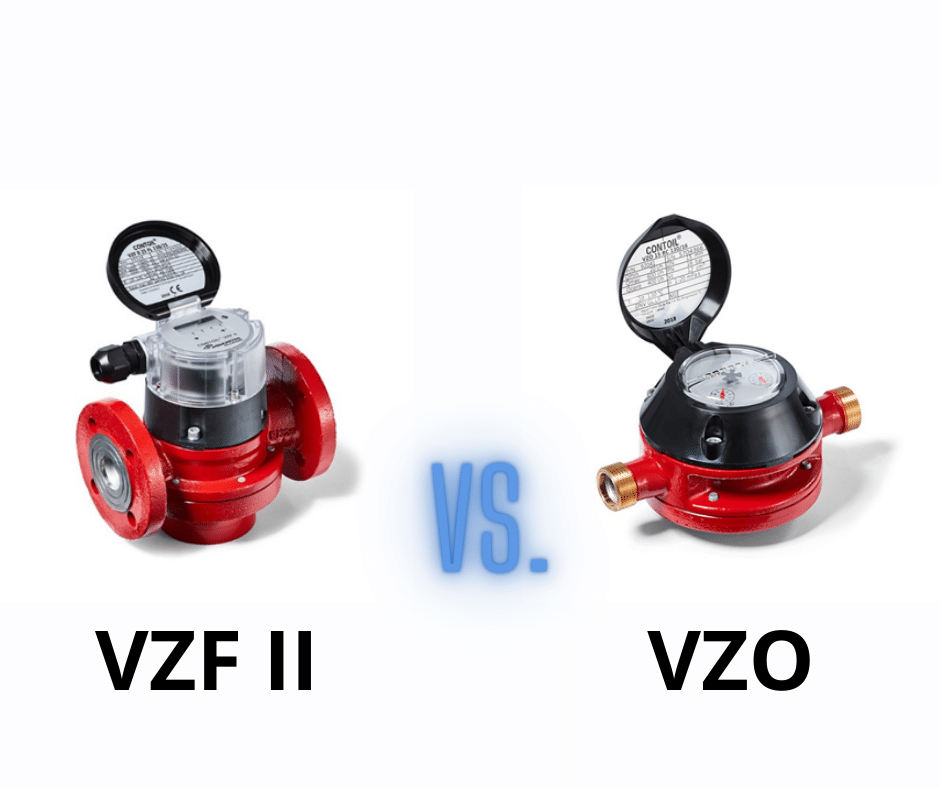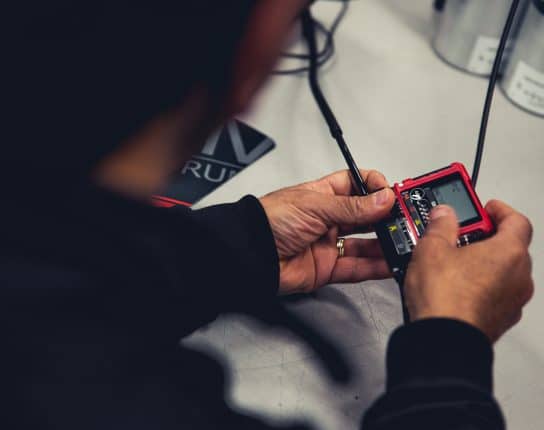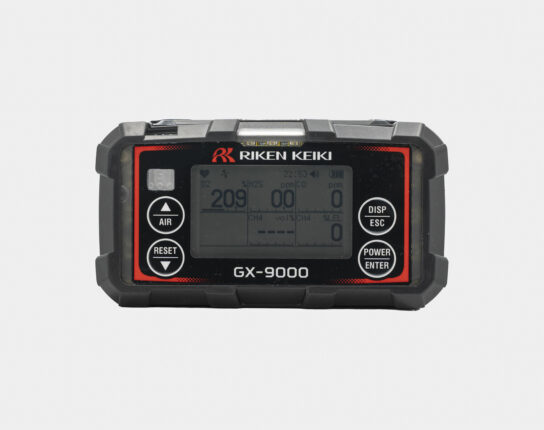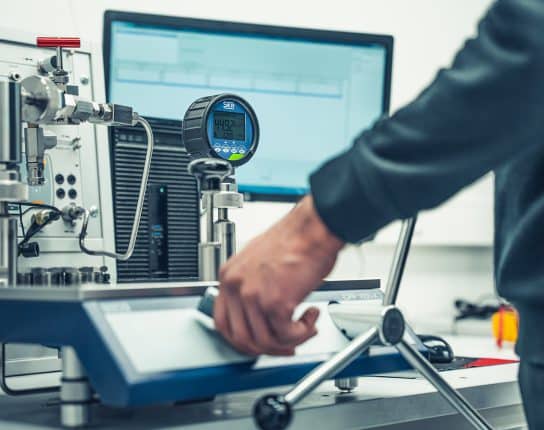
Differences and similarities between the CONTOIL VZO and VZF II
Maritime professionals always strive for efficiency, and choosing the right fuel flow meter can greatly impact performance. Aquametro Oil & Marine offers two fuel flow meters – CONTOIL VZO and CONTOIL VZF II– that are ideal for marine applications. While both meters have similar specifications, they’re different in design and functionality. In this blog post, we’ll explore the differences and similarities between these two models, and how they can benefit your process.
CONTOIL VZF II
The CONTOIL VZF II is a flow meter with a displacement measuring principle, making it an ideal tool for controlling fuel consumption. It is designed to measure the volume of liquids such as diesel, gasoline and other low viscous fluids. The different sizes make it possible for the VZF II to measure flow streams from 20 liters per hours at a DN 15 and up to 30.000 liters per hour at a DN 50. It is equipped with pulse and analog output, making it compatible with most onboard systems. Its unique features include the ability to measure fuel temperature, allowing you to accurately calculate fuel density, and hence the mass of fuel consumed. Additionally, it is equipped with a large, high-resolution LCD for conveniently displaying all measurements.
CONTOIL VZO
On the other hand, the CONTOIL VZO is a heavy-duty flow meter, designed for high-pressure applications on-board ships. The design can withstand up to 40 bars of pressure, making it exceptional for larger vessels. It uses a flow-through measuring principle, which allows for lower pressure drop and consequently, reduced fuel consumption. Its flow rate ranges from 20 to 30000 liters per hour, and it also has pulse and analog output. Unlike the VZF II, the CONTOIL VZO as a mechanical measuring heart, which results in an analogue display that keeps the user informed on volume and flow rate.
Features
While both the CONTOIL VZF II and CONTOIL VZO show great results for oil and fuel measurement, they have one significant difference in design. The CONTOIL VZO boasts a mechanical measuring heart, bringing to life an analog display that updates the user on the rate of flow and volume. On the other hand, the CONTOIL VZF II takes a more digital approach, offering a more intuitive interface to monitor measurements. With the multifunctional display and adjustable outputs, it has more options to offer than the VZO.
While both are designed to handle the same situations, the VZF II is a bit more specific in terms of fuel management, while the VZO is an all-around meter that can handle single consumption scenarios with ease. These models have similar specs, making them a great choice for cargo ships and tankers, as well vessels like yachts, sailing boats, and fishing vessels. When it comes to fuel consumption, accuracy is key – and these flow meters won’t let you down.
The perfect fit
Choosing between the CONTOIL VZO and CONTOIL VZF II is determined by the size, functionality, and specific needs of the vessel. While the CONTOIL VZF II measures fuel temperature, and as such-weight, the CONTOIL VZO is ideal for vessels that require a robust fuel meter designed for high-pressure applications. When making this decision, the vessel’s intended application, accuracy, and economy, are critical. Therefore, maritime professionals should consider their vessel’s specific needs, such as fuel consumption, available space, and pressure, before choosing one of these meter meters. We hope this article has enlightened you on the differences and similarities between CONTOIL VZO and CONTOIL VZF II, and if you need more information, check out the product video’s or get in touch with one of our colleagues.
Related
More of the same




